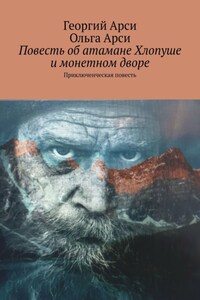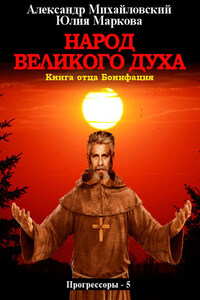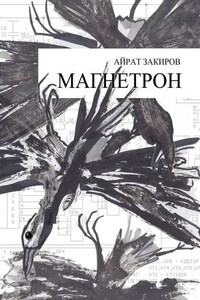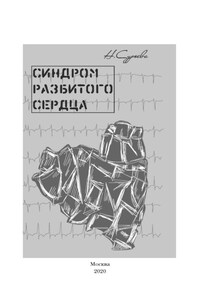Primitive islands
Part 1. Stone age
Father, son and tiger.
. Father and son hid in the bushes of laurel cherry trees on the edge of the brook. They were hunters, new people from the South. They watched the caves on the slope of the mountain, dug by ancient people of the Stone Age. The father and son of an eight-year-old boy were armed with wooden boomerangs and spears with obsidian tips.
The Great Steppe stretches beyond the limits of the beam from the Black Sea to the Valdai and from the Carpathians to the Altai Mountains. For millions of years, the steppe was repeatedly covered by the waves of the Middle Ocean, from which the Crimean and Caucasian mountains rose, dividing it into the Black, Azov, Caspian and Aral Seas.
In some parts of the steppe there are islands of relict subtropical forests, deciduous and coniferous trees. In the Kargin interglacial time, on the edge of retreating glaciers, steppe flowed into the tundra. All this variety of vegetation gave birth to a variety of wildlife, a mixture of northern and southern animals, residents of steppes, forests and tundra of the quaternary period: wild, tarpan horses, steppe bison and tours, giant deer and mammoths wandering in the steppes of thousands of herds. They attracted predators: cave lions and bears, big wolves and people.
People lived in the northern part of the steppe. They dug caves on the slopes of hills and beams or occupied entire caves on the slopes of mountains, so they were also called cavemen. The Father and Son watched the settlement of such people. Unlike cavemen, they were taller, dark-skinned, with curly hair. Thin skins covered their bodies. The cavemen had short, strong hands, a low, inclined forehead, large eyebrows and a nose. The eyes were small and deep. The neck was short, and the big head seemed to grow right out of his shoulders. They did not have a chin, and black or red hair covered their head and body.
The father and son saw cave hunters with sticks and torches coming out of the camp to set fire to the grass and take the grazing animals out to the cliffs by the river. Later, the women and children left the caves and began to descend to the creek. This is exactly what the new hunters were waiting for, having prepared boomerangs for head shots. But they were not alone in an ambush. When his father smelled a saber-toothed tiger, which was also hiding in the bushes on the edge of the beam, he smelled a natural smell. The women were moving away from the fires that burned in the caves day and night.
A saber-toothed tiger jumped to the bottom of the ravine like a huge lynx. A minute later, a tiger jumped out of the ravine with a woman in her teeth next to her father and son. It was too late to run to the river, and they were hiding, hoping that the wind would not blow in their direction. With sword-like fangs, the tiger ripped the victim's chest, broke his ribs, ate his heart and lungs, and began to eagerly take blood in his long tongue. On the other side of the ravine people came to their senses and started throwing stones at it. First, he did not pay attention, and then quietly disappeared into the bushes, leaving the victim behind. The father and son lifted her up. Cave hunters shouted from the rocks above the river, but the father and son were already far away, by the river where the raft was hidden.
The boy's mother, a woman, met them on an island near a sand spit. She was naked, and her big breasts, unlike the cavewomen, were hairless. Apparently, the cave hunters liked this feature of the new bodies, and sometimes they stole these women and kept them in their homes.












